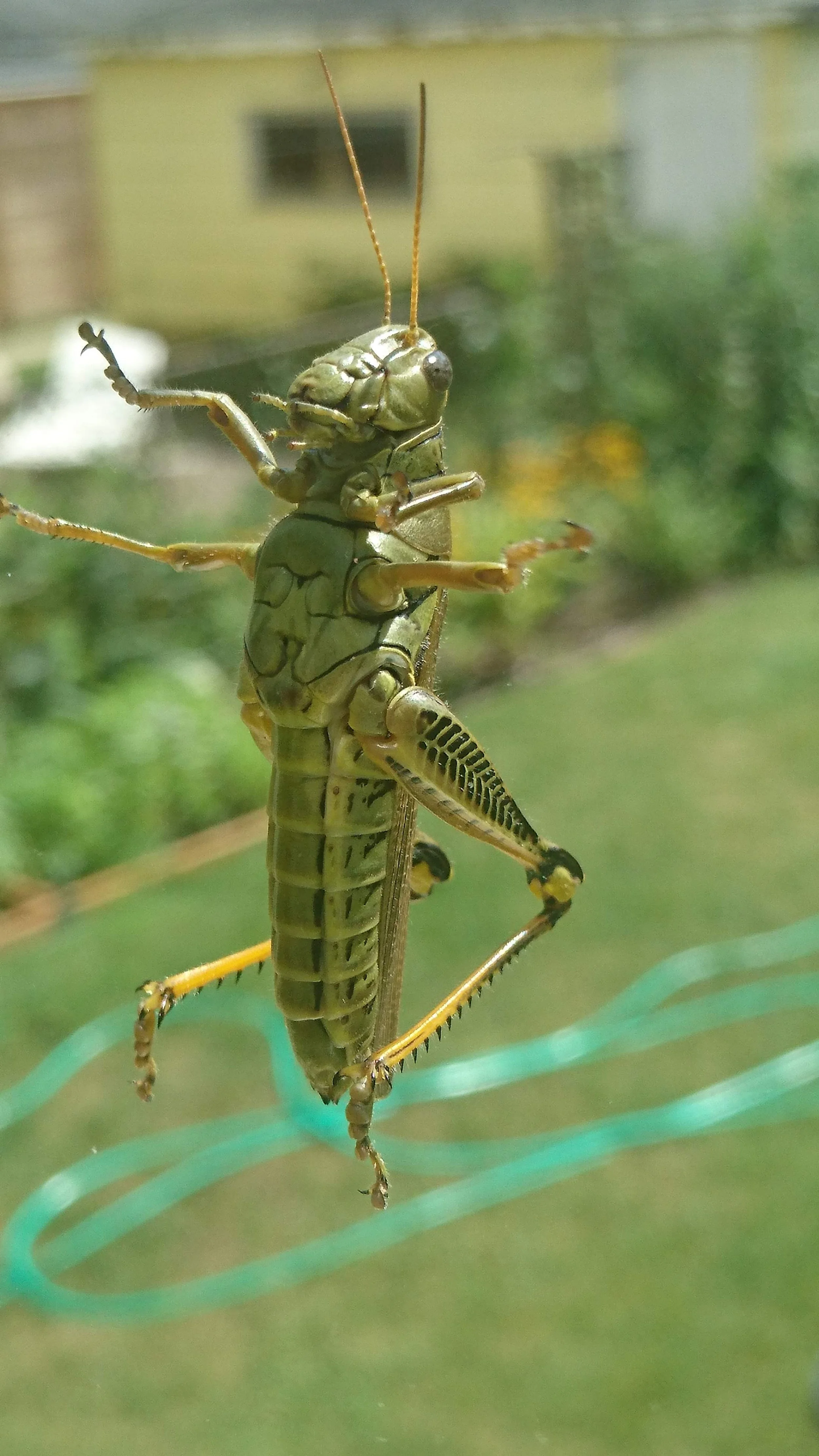Melanoplus
🌱 Genus Overview & Ecological Role
Melanoplus is a large North American genus of spur‑throated grasshoppers, notable for species like M. femurrubrum (red‑legged), M. differentialis (differential), M. bivittatus (two‑striped), M. sanguinipes (migratory), and the extinct M. spretus (Rocky Mountain locust) apirs.plants.ifas.ufl.edu+15Wikipedia+15ResearchGate+15.
Though some species are agricultural pests, they serve critical ecological functions:
As food sources, their eggs, nymphs, and adults feed a variety of wildlife—birds, small mammals, reptiles, amphibians, and predatory or parasitic insects like ground beetles, robber flies, bee flies, and thread-waisted wasps Animal Diversity Web.
They contribute to biotic resistance by feeding on invasive exotic grasses, thereby helping native plant communities resist invasions Wikipedia+15Department of Entomology+15ResearchGate+15.
At moderate densities, nutrient cycling is enhanced—grasshopper droppings and plant litter accelerate decomposition and soil nutrient turnover.
🐛 Life Cycle & Biology
Melanoplus femurrubrum (Red‑Legged Grasshopper)
Univoltine (one generation per year), though multiple generations may occur in warmer southern regions DigitalCommons@UNL+10Wikipedia+10Wikipedia+10.
Eggs are laid in autumn, buried ≈2 cm into soil, enter diapause over winter.
In spring, warming soil triggers hatching; nymphs molt 5–7 times before adulthood, which emerges in early to mid‑summer.
Diet: a broad mix of grasses, forbs, shrubs; consumption patterns shift based on temperature and presence of predators Department of Entomology+15Wikipedia+15Wikipedia+15.
Melanoplus differentialis (Differential Grasshopper)
One generation/year.
Females lay multiple egg masses containing dozens of eggs each in soft soil in late fall; eggs enter diapause and hatch synchronously over ~2 weeks in early summer Wikipedia+2Animal Diversity Web+2.
After ~32 days of nymphal instars, mature adults appear; adults present July–October.
Polyphagous, but grow faster on forbs—especially giant ragweed, common sunflower, prickly lettuce, and related composites Wikipedia+3Animal Diversity Web+3Government of Canada+3ResearchGate+3Wikipedia+3Animal Diversity Web+3.
Predators include birds, beetles, flies, and parasitoid insects Animal Diversity Web.
Melanoplus bivittatus (Two‑Striped Grasshopper)
Eggs overwinter and hatch in spring; nymphs pass through five instars Wikipedia+15Wikipedia+15Wikipedia+15.
Adults may migrate in bands; active in tallgrass prairies, meadows, crop edges and roadsides.
Diet is highly polyphagous: preferred on forbs (mustards, ragweed, dandelion, prickly lettuce, alfalfa, clover, chicory, arrowleaf butterbur, greenflower) rather than grasses; mixed diets enhance growth and survival idtools.org+2Wikipedia+2.
Melanoplus sanguinipes (Migratory Grasshopper)
One major generation annually.
Thrives in disturbed agricultural landscapes, weed-dominated idle fields, sandy soils for egg-laying Wikipedia.
Feeds on a variety of forbs and grasses; outbreaks damage crops including cereals, legumes, vegetables, and ornamentals ARS.
🌼 Native Host Plants to Support Melanoplus Species
To support populations of native Melanoplus, planting a diverse mix of native forbs and grasses favored by them is key. Based on species preferences and nutritional benefits:
Recommended Native Forbs
Giant ragweed (Ambrosia trifida)
Common sunflower (Helianthus annuus)
Prickly lettuce (Lactuca serriola)
Dandelion, chicory, broadleaf plantain, arrowleaf butterbur, greenflower (Asteraceae family)
Mustards and other Brassicaceae species
These plants support faster growth and survival in M. differentialis and M. bivittatus nymphs Government of Canada+13idtools.org+13Wikipedia+13Wikipedia+1.
Recommended Native Grasses (but secondary to forbs)
Native prairie grasses such as big bluestem (Andropogon gerardii), little bluestem, Indian grass, and side-oats grama—early-season hosts and potential invasion resistance feeders by M. femurrubrum ResearchGate+1.
Native Shrubs & Specials
Melanoplus aridus has been observed feeding on Flourensia cernua in desert shrublands Wikipedia+2Wikipedia+2.
Local species like saltbushes (Atriplex spp.) support species such as M. lakinus in arid regions idtools.org.
🧭 Summary & Recommendations
Ecological contributions:
Serve as prey for many wildlife species.
Help control invasive grasses via biotic resistance.
Support nutrient cycling through herbivory and waste deposition.
Life cycle basics:
Egg → nymph (5–7 molts) → adult.
Eggs overwinter in soil; synchronized hatching in spring.
Adults appear in mid-to-late summer; most species have one generation per year.
Supporting native populations:
Plant a diverse native forb-rich habitat, including:
Giant ragweed, sunflowers, prickly lettuce, dandelions, chicories, plantains
Native prairie grasses for early growth and diet diversity
Native local shrubs where relevant to regional Melanoplus species
Maintaining weed patches and diverse edges, rather than herbicide-only sterile lawns, will sustain habitat complexity Melanoplus thrive in.
